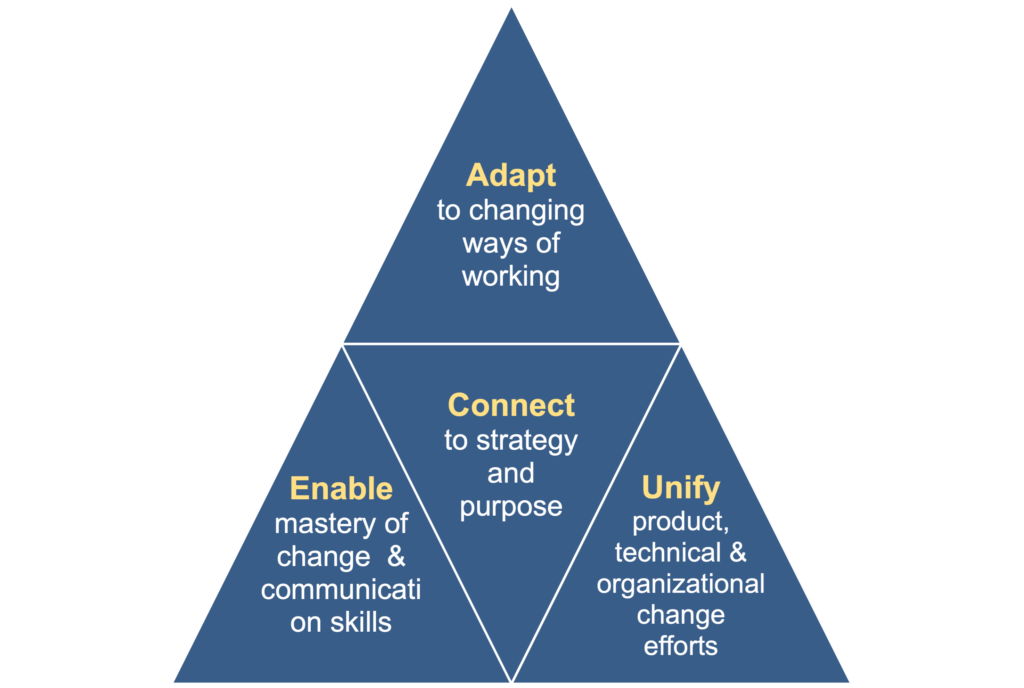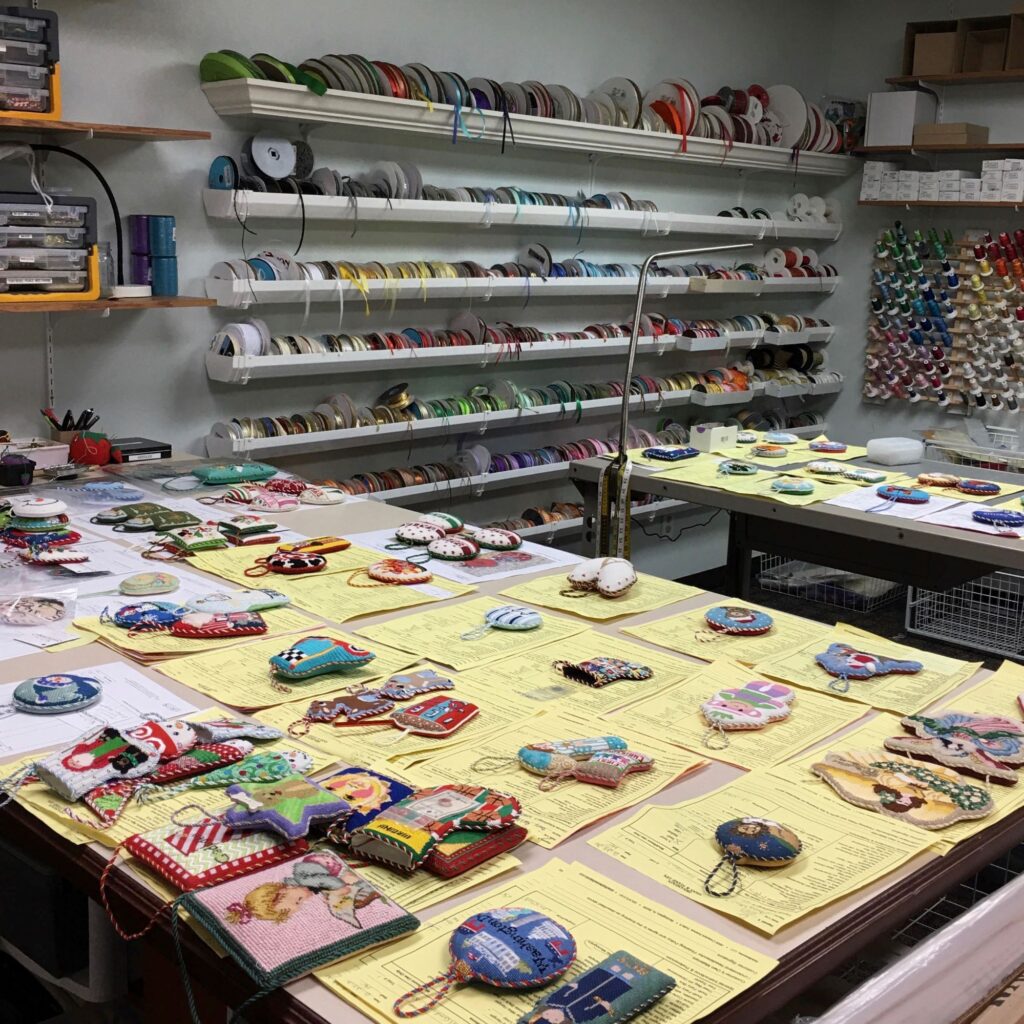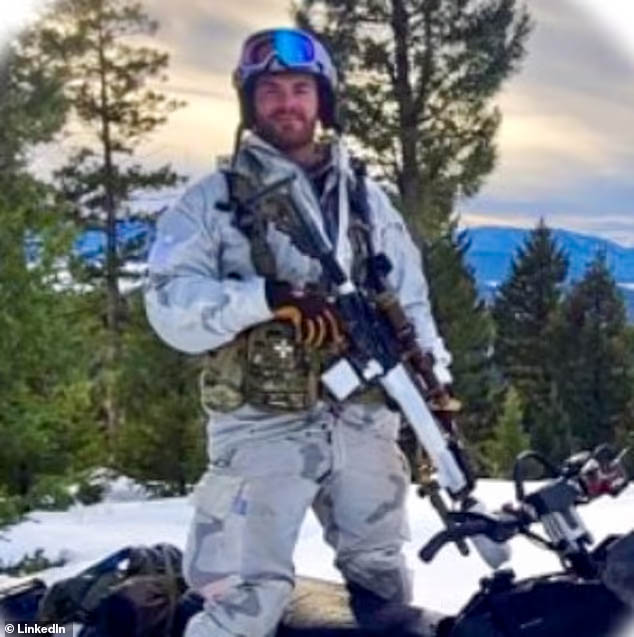Let’s face it. We’re in the change business, and change is difficult. We transform organizations so that they can win in an age of unprecedented competition, and to transform is to bring about systemic change. We change organizational culture...
Let’s face it. We’re in the change business, and change is difficult. We transform organizations so that they can win in an age of unprecedented competition, and to transform is to bring about systemic change. We change organizational culture by changing mindsets, values, principles, and behaviors. The result is a new way of working—a new operating system—that enables business agility.
But is changing the way of working enough? Perhaps we also need to change the way of changing.
In his talk at SAFe Summit Prague, SAFe Fellow and SPCT Mark Richards stated, “If we want to innovate at the speed of the market, we have to build an organization that can adapt at the speed of the market.” It’s not enough to accelerate product development, he said. The entire business must accelerate the pace of adaptation. He contended this is the “secret sauce” to achieving a continuous flow of value.
Mark presents a four-part model for building a change and communications competency in this new Community Contribution article, shown in the figure below.
 Figure – Four critical elements of a change and communications strategy
Figure – Four critical elements of a change and communications strategyHe goes beyond point-in-time change management approaches, such as Kotter’s eight steps and SAFe’s own implementation roadmap, to describe how organizations must “change their ability to change.” To accomplish this, every Agile Release Train should develop a lasting change and communications competency, led by on-board specialists who can help the ART and the broader organization connect to relevant strategies, adapt constantly to changing customer needs, unify change efforts across functions, and enable people to develop a mastery of change and communications skills.
The article leaves no stone unturned, describing the roles, skills, tools, and complementary SAFe concepts that enable ARTs to harness continuous change. Mark also includes ample tips, patterns, and examples from his experience that bring the concepts to life.
Building the Change and Communications Competency for Effective ARTs is a valuable addition to the SAFe knowledge base. It is a reminder of the complexities of systemic cultural change and a comprehensive playbook for managing change and communications at scale to enable lasting business agility.
Thank you, Mark Richards!
– Marc Rix and the SAFe Framework Team
The post New Community Contribution Article: Building the Change and Communications Competency for Effective ARTs appeared first on Scaled Agile Framework.








